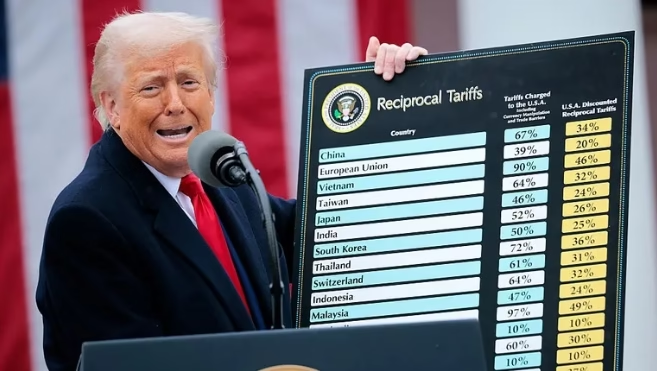HTS Code Lookup/tariff code lookup,In today’s global trade environment, accurate classification of goods is essential for smooth customs clearance and compliance. The Harmonized Tariff Schedule (HTS) code system provides a standardized way to identify products in international trade, helping businesses determine duty rates, import restrictions, and regulatory requirements. For importers and exporters, using an HTS code lookup is not only a matter of efficiency but also a critical step to avoid costly delays, fines, or misclassification issues.
Harmonized System (HS) Codes,Among various classification systems, Harmonized System (HS) codes are widely used in the import and export process to categorize goods. The Harmonized System provides a standardized numerical method for classifying traded products, allowing countries worldwide to consistently identify and describe items for purposes such as assessing duties and collecting trade statistics.Harmonized System (HS) Codes
The Harmonized System (HS) is administered by the World Customs Organization (WCO) and is updated every five years. It forms the basis for import and export classification systems used in the United States and by many of its trading partners.
The HS assigns specific six-digit codes to different classifications and commodities. Countries may extend these codes beyond six digits to provide more detailed classifications.
Building on the HS’s six-digit structure, the United States requires a 10-digit code to classify imported or exported products. For U.S. exports, the Schedule B system—administered by the U.S. Census Bureau—is used, while for U.S. imports, the Harmonized Tariff Schedule (HTS)—administered by the U.S. International Trade Commission (USITC)—applies. Although the full 10-digit Schedule B and HTS numbers may differ for specific products, the first six digits, corresponding to the Harmonized System subheading, remain the same.
How You Use the HS Code
When exporting products from the United States, you will need the U.S. Schedule B number for your item. The first six digits of this number correspond to the Harmonized System (HS) code. This information can be used to:
How to Identify Your Product’s (U.S.) Schedule B Code
The U.S. Census Bureau provides a free, widely used online Schedule B search tool to help classify your products. You can access it through the U.S. Census Bureau Schedule B website
. This search engine is the most commonly used method for determining Schedule B numbers. The site also offers training resources to guide you through the classification process, as well as contact information if you need assistance.
If your product is challenging to classify, the Customs Rulings Online Search System (CROSS) database can help you identify its Harmonized System (HS) code. CROSS contains official, legally binding rulings for Harmonized Tariff System (HTS) numbers used for products imported into the United States.
Although CROSS does not provide legally binding rulings for Schedule B numbers for exports, it can give you a valuable starting point. By finding a product’s HTS number in CROSS, you can use the first six digits, which correspond to the HS Subheading. These same six digits also form the first part of a product’s 10-digit Schedule B number. Using this HS Subheading, you can then browse the Schedule B to determine the remaining four digits.
Special Situations:
How to Identify Your Product’s Foreign HS Code
The 6-digit Harmonized System (HS) Subheading remains consistent whether you are importing or exporting to any member country of the World Customs Organization (WCO). This standardization ensures that all countries classify products uniformly. To determine your product’s HS code, you can use resources such as the USITC Database.

